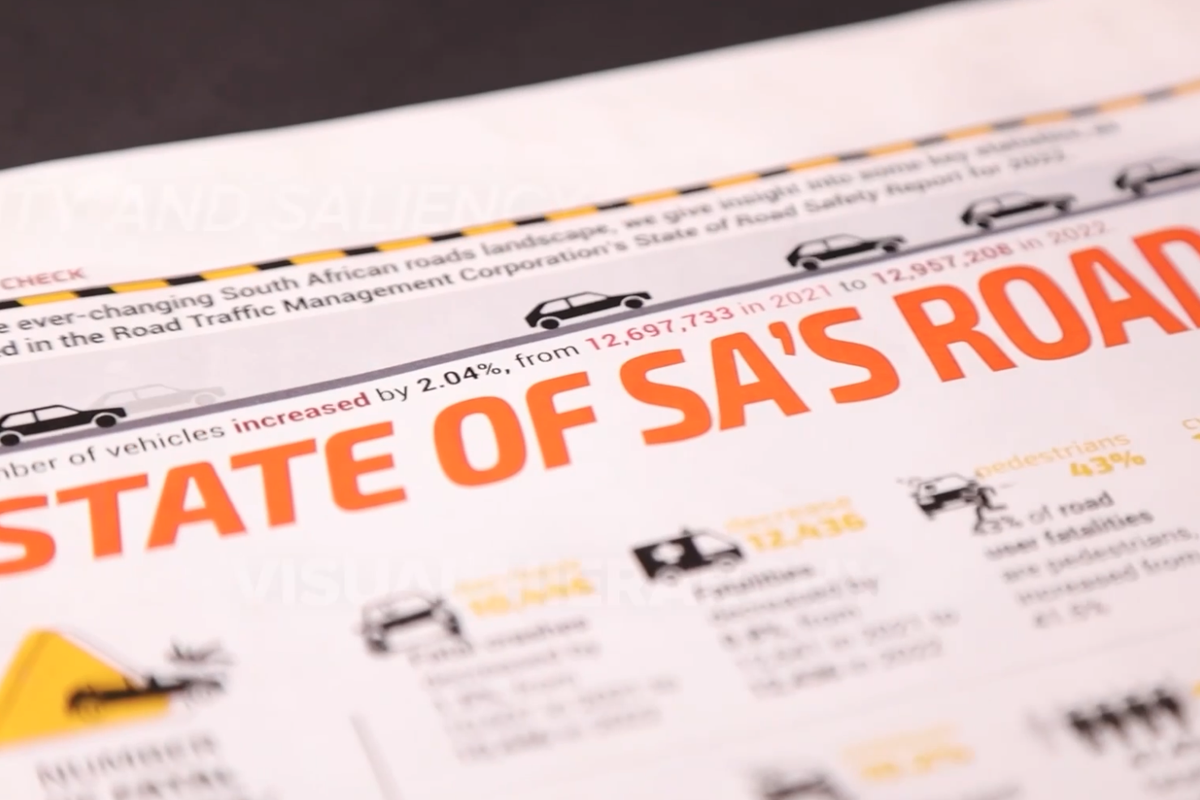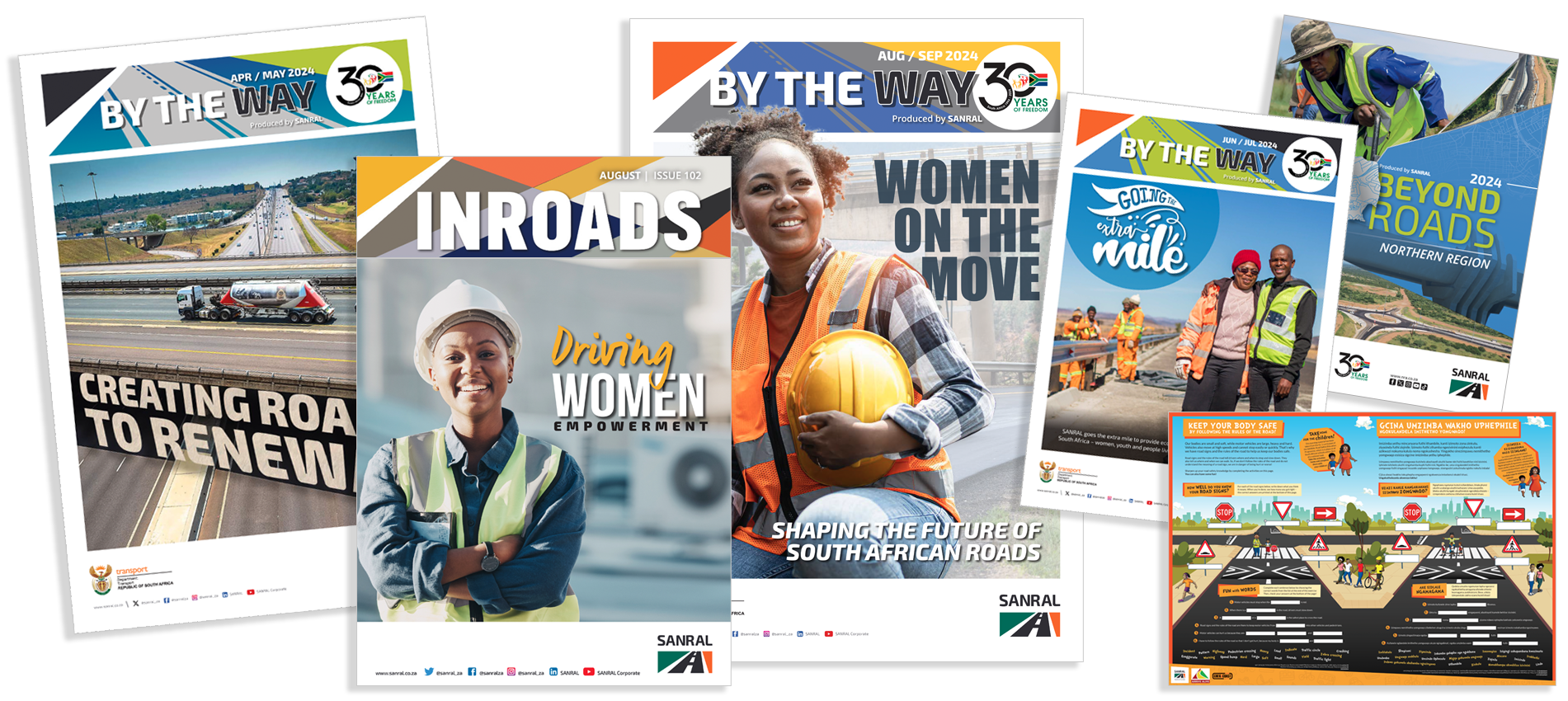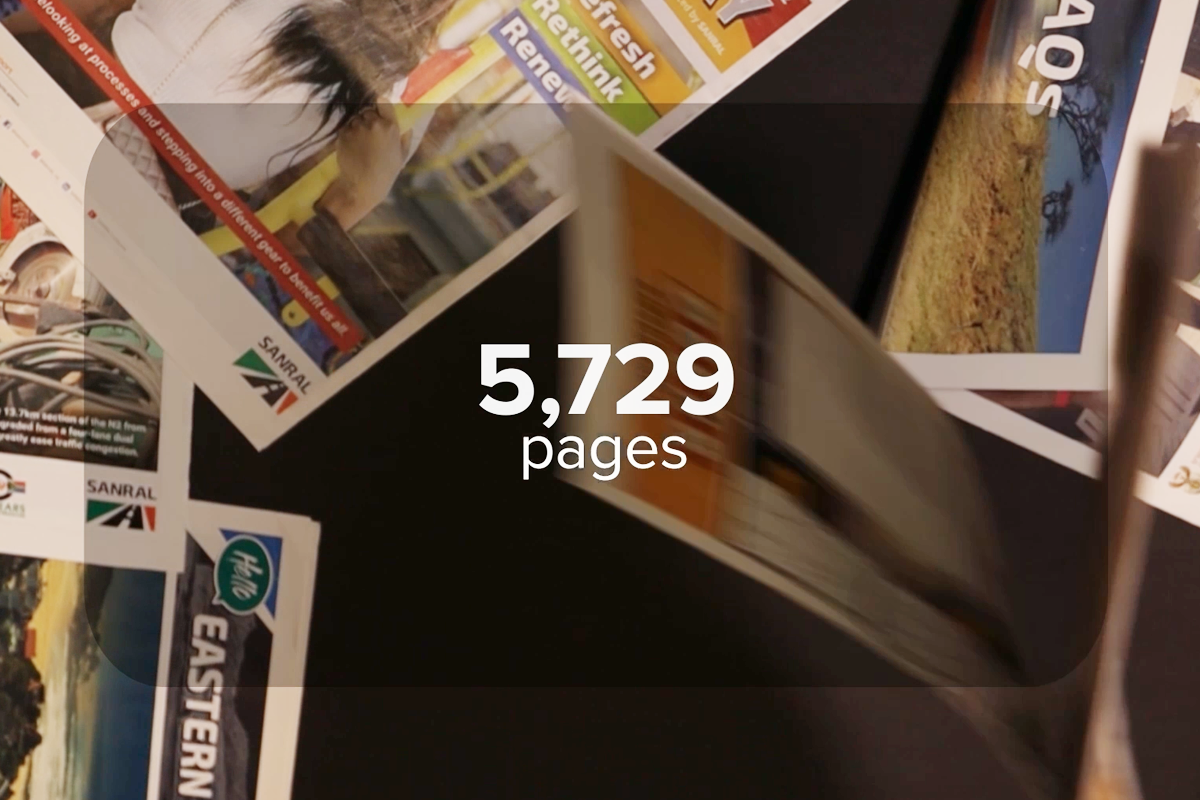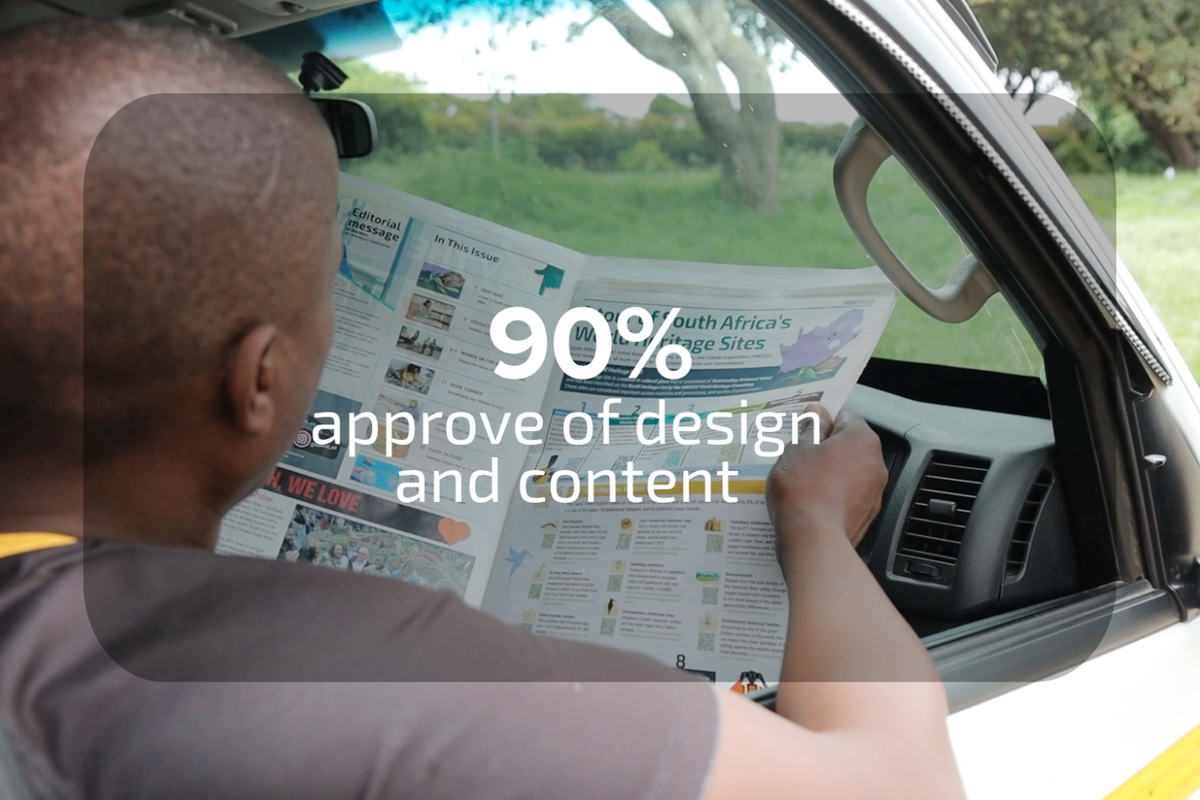- Client
- SANRAL
- Sector
- Public Sector
- Project
- Monthly publications
The Social Issue
In South Africa, roads are more than concrete and traffic lanes; they are lifelines. They connect communities to jobs, children to schools and families to healthcare. They drive trade, tourism, and, in many ways, democracy itself. Yet communicating the value of this infrastructure is no simple task. The information is often technical and dense, while the audiences are diverse, spanning people with easy digital access and those for whom print remains the most reliable channel. At the same time, road projects are about more than engineering; they’re about livelihoods, job creation and social mobility in a country with one of the world’s highest unemployment rates. The challenge was clear: how do you tell the story of roads in a way that people not only understand, but care about?

The Challenge
When BCA began working with SANRAL in 2019, the national roads agency already had a suite of publications. But while the material was there, it lacked the spark that could turn information into engagement. The publications needed a rethink: a way of making complex projects accessible, weaving in human stories and highlighting SANRAL’s broader contribution to development. The task wasn’t small. It required navigating the perspectives of multiple SANRAL departments, pulling together contributions from across the organisation, and producing material to tight and often shifting deadlines.
The Science
Our starting point was behavioural science: how do people actually take in information, and what makes them act on it? Research into attention, memory and motivation provided practical tools. By breaking down complex content into digestible chunks, using visuals to support recall, and framing road projects in terms of human impact rather than engineering detail, we could shift how readers processed the information. Just as important was our contextual knowledge: understanding the South African media landscape, where print still matters deeply, and where language and literacy diversity require communication that is both simple and powerful.
The Insights
Through stakeholder research at universities and beyond, we learned that people wanted SANRAL’s story told in a way that felt closer to their own lives. Readers cared about infrastructure, but they cared even more about what it meant for jobs, bursaries, safety and access. Publications needed to be recast as narratives of opportunity. For us, that meant focusing on framing and storytelling, using behavioural insights to meet readers where they were, and showing the bigger picture: roads as a driver of shared progress.

The Intervention
We began with a full audit of SANRAL’s publications, asking how design, tone and content could be sharpened. Then we rebuilt. Twelve flagship titles – both internal and external – were redesigned to be clearer, more compelling and visually engaging. Articles were written with a human focus, explaining technical projects in plain language and situating them in the everyday lives of South Africans. Alongside the regular publication cycle, we embedded processes to respond quickly when urgent communications were needed. The work meant close collaboration across SANRAL, from interviewing engineers and executives to working with communications teams. And while print remained the anchor, we carefully wove in digital components where they could amplify the message.

The Impact
The results were tangible. Over the course of the partnership, BCA produced 283 publications across digital and print platforms, amounting to 5,729 professionally designed pages and 1,497 articles researched, written, edited and proofread. Twelve flagship titles were not only maintained but reimagined, setting a new benchmark for SANRAL’s communications. More importantly, stakeholder research confirmed that audiences found the publications engaging, informative and relevant – proof that the new approach was working. What began as a contract to manage a set of publications became, in practice, a transformation of how South Africa’s roads agency tells its story: from technical updates to narratives of development, opportunity and impact.
